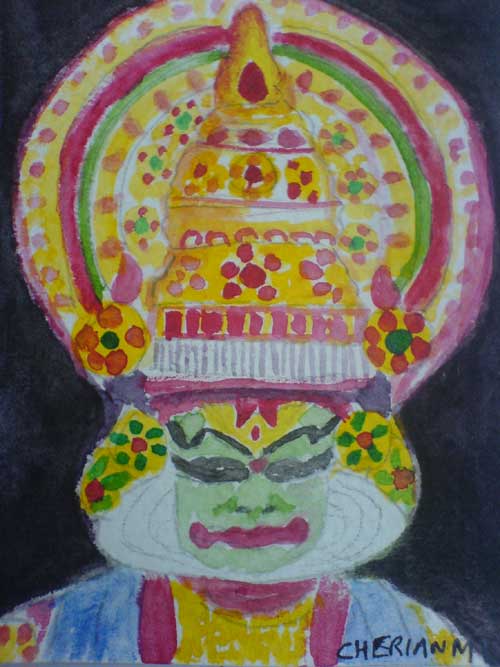
learn watercolor painting
Advise and guidelines from well known artists and teachers to frequently asked questions on watercolor painting..
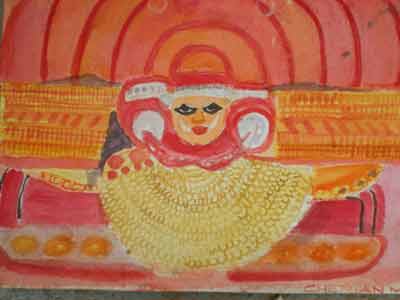
watercolor painting
Q. I am a beginner. How can I learn watercolor painting?
Find some artists whose work you admire ,get their books from local library and try to copy their style to start.
Practice makes perfect.
Improvemypaintings.com has a good instructor who gives very good advice for any kind of painting and gives lessons you paint along with for very little money.
Buy used books from Amazon - they are as good as new.
Painting With Your Artists Brain by Carl Purcell.
Watercolor School by Hazel Harrison is good for a beginner.
Watercolor Workshop Robert Wade
Daring Color by Anne Abgott
join watercolor groups and like pages in Facebook.
Values are a big part of watercolors. Draw something accurately and establish the lights and darks and middle values.then use the paints.
Buy watercolor paper to practice- Maybe just a Strathmore pad
Check out the Artist Daily website - they have some really good free e-books to download with a lot of theory on composition, colour mixing, different subjects and so on
See you tube videos of artists like Bob Davies shibasaki, John Muir laws
.
.
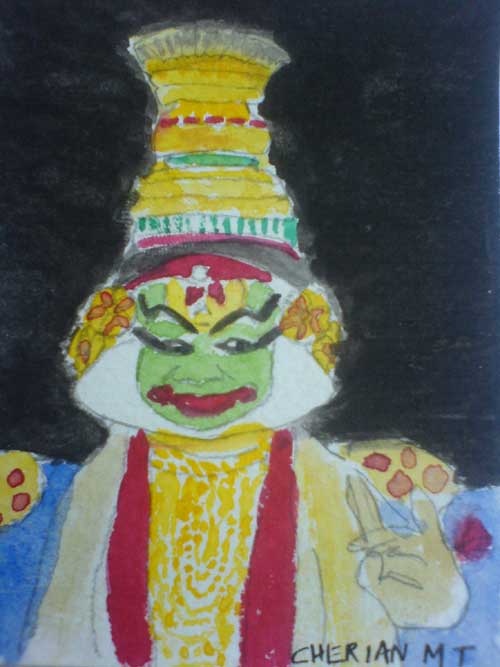
faq water color painting
.Q. How to make watercolor paintings bright rich and vibrant?
use best professional quality paints clean water use two pans of water one to clean the brush and one to dip, moist colors,
Try using gouache. It is thicker, more opaque and generally brighter than regular watercolors.
So much depends on the amount of paint to water, and the paper. For instance, Arches 140 lb. cold-press fades to almost 50%.
For very rich vibrant colors, use less water and if you must glaze over, use the same colors.
Use many layers to brighten the color.
Your "staining" colors are stonger in color.
A good quality paint is important.
Complementary colors used next to each other will make your subjects pop.
Over mixing on the palette can muddy paints, over mixing on the paper can muddy paints. Also mixing too many colors together can make mud.
Try mixing on the paper wet-in-wet not on a palette. Also get to know the paint's characteristics (transparent, sedimentary, opaque etc.). Transparent colors mix the best on a palette.
Get to know your color wheel with tertiaries and match your paint to the closest hues on the wheel to guide mixing. Mixes using paints that lean toward complements will neutralize or "gray" the mixture. Ex: cadmium yellow deep leans toward orange and will produce mud when mixed with blues to make greens because mixing complements in equal optical amounts produces grays
. ....
.
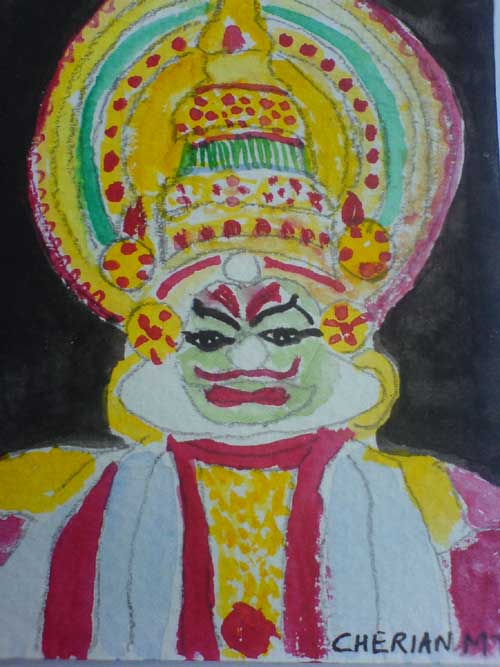
faq watercolor painting
Q: what are the techniques in watercolor?
Some of the techniques in
watercolor are backruns blending , bolts, body colour, broken colour, brush
drawing, brushmarks, building up, colour changes, corrections, drawing, dry
brush, glazing, use of gum arabic, hard and soft edges, highlights, lifting out,
line and wash, masking, mixed media, scraping back, scumbling, spattering,
spomge painting, squaring up, stippling, stretching paper, texturs, toned
ground, underpainting, wash, wash -off , wax resist, wet-in-wet, wet-on-dry
..... . .
.
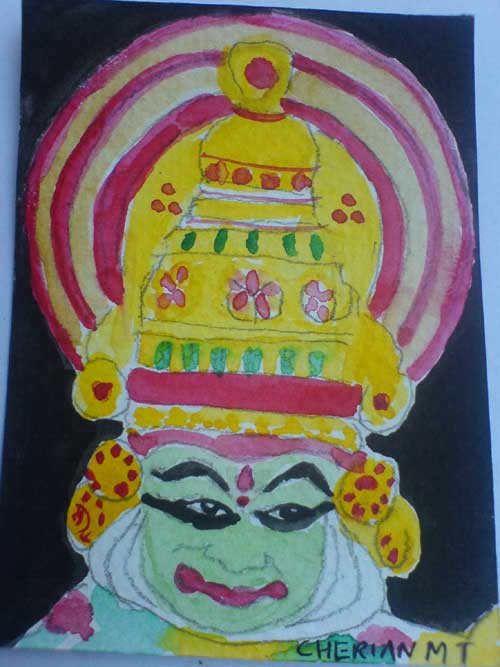
faq watercolor painting
Q: what are some of the themes that can be used for watercolor painting?
the animal world, botanical specimens, buildings, human figure, flowers,
landscape (trees and foliage, fields and hills, rocks and mountains,
recession,weather and the seasons, skies, clouds in composition, cloud
formations, rain and mist) still life, water (light on water, moving
water,still water, reflections)
.
...
...
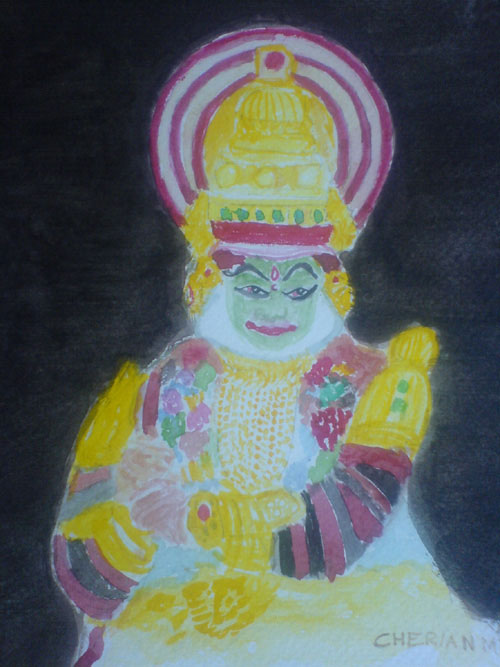
Related Links
| Home |
Watercolor Tutorials
Watercolor Books
|
Site Map |
Search